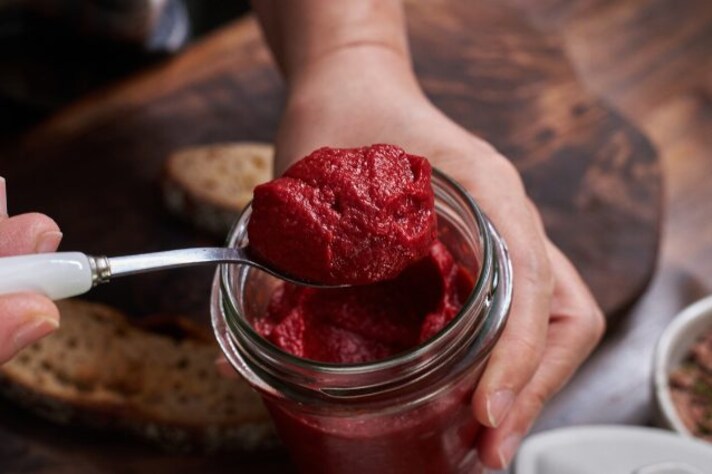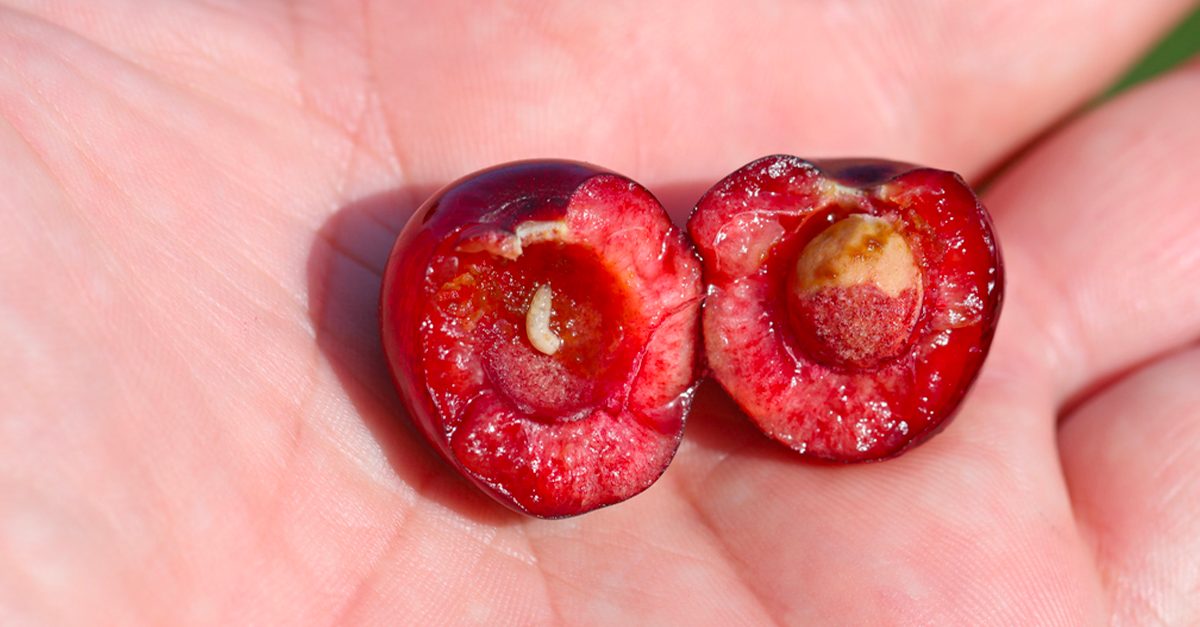How to Choose Between Tomato Sauce, Purée, or Paste Depending on What You Need to Do!
Tomatoes are a key ingredient in many dishes, and they come in various forms to suit different recipes. Three of the most commonly used tomato products are tomato sauce, tomato purée, and tomato paste. While they might seem similar, each has its own unique properties and uses in the kitchen.

Tomato sauce, purée, and paste each bring their own unique qualities to cooking. If you know their differences, you will be able to confidently choose the right one for your recipes. Tomato sauce is light and ready to use, purée offers a thick yet smooth texture, and paste provides a concentrated burst of flavour. Whether you need a base for a pasta dish or a rich addition to a stew, there’s a tomato product that’s perfect for the job.
How to Use Tomato Sauce
Tomato sauce is a versatile and widely used ingredient in cooking. It is made by cooking tomatoes until they break down, and then seasoning the mixture with herbs, spices, and sometimes additional ingredients like garlic or onions. The result is a smooth, pourable sauce that can be used as a base for pasta dishes, stews, and casseroles.
Tomato sauce has a lighter consistency compared to purée and paste, making it perfect for dishes where a rich tomato flavour is desired without overwhelming the other ingredients. It often has a sweeter taste due to the cooking process and added seasonings, making it ideal for recipes like spaghetti, lasagne, and pizza. Unlike tomato paste, which is highly concentrated, tomato sauce is ready to use straight from the can or jar, making it a convenient choice for quick meals.

How to Use Tomato Purée
Tomato purée sits somewhere between tomato sauce and tomato paste in terms of consistency and concentration. It is made by cooking tomatoes briefly and then blending them until smooth, resulting in a thicker texture than tomato sauce but not as concentrated as tomato paste. Tomato purée usually has no added seasoning, making it a more neutral option that allows you to adjust the flavors to suit your dish.
The thicker texture of tomato purée makes it suitable for recipes that need a deeper tomato flavor without the intensity of paste. It is often used as a base for soups, stews, and sauces, where a smooth consistency is desired. Since it’s not as watery as tomato sauce, it can also help thicken dishes without adding too much liquid. If you need to create a richer sauce or stew, tomato purée can be a great starting point.
How to Use Tomato Paste
Tomato paste is the most concentrated form of tomatoes among the three. It is made by cooking tomatoes for an extended period, then straining out the seeds and skins, and continuing to cook the mixture until it becomes thick and concentrated. The result is a dense paste that packs an intense tomato flavour in a small amount.

Tomato paste is typically used in small quantities to add depth and richness to dishes. It’s perfect for recipes where you want a bold tomato flavor without adding much liquid, such as curries, braised meats, or thick stews. Because it is so concentrated, a little goes a long way—usually, just a spoonful or two is enough to improve the flavour of a dish. When using tomato paste, it’s often recommended to sauté it briefly in oil before adding other ingredients, which helps to release its rich, caramelised flavour.
When to Use Each One
- Tomato Sauce: Best for dishes that require a ready-to-use, lightly seasoned tomato base, such as pasta, pizza, and casseroles.
- Tomato Purée: Ideal for recipes needing a smooth texture and thicker consistency than sauce, like soups, stews, and customisable sauces.
- Tomato Paste: Great for adding intense tomato flavour without extra liquid, perfect for thickening and enriching dishes like curries, braises, and sauces.
;Resize,width=767;)

;Resize,width=712;)

